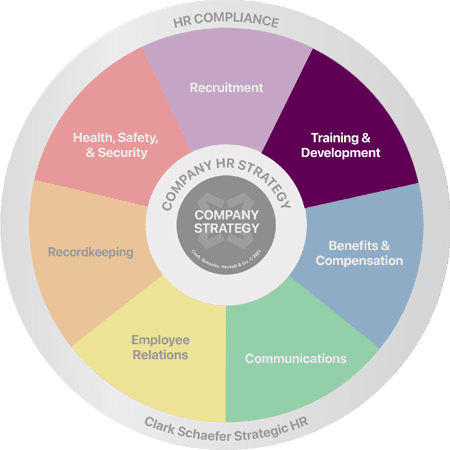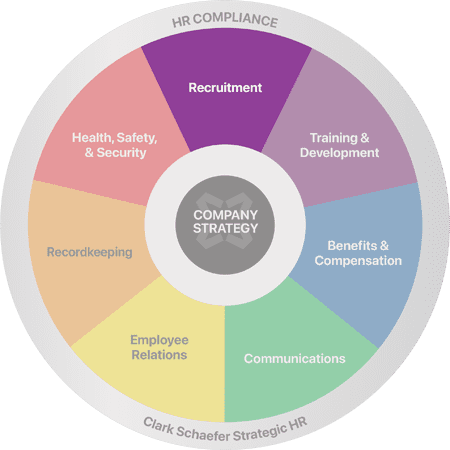Posts
Future-Proofing Your Workforce: The Power of Upskilling, Reskilling, and Skills-Based Hiring
Last Updatedin HR Strategy, Recruitment, Training & Development, Videos Question of the Week, Video
NFP Workforce Reductions: Plan Ahead for Economic Shifts
Last Updatedin HR Strategy Question of the Week
What is the Cost of a Bad Hire?
Last Updatedin Recruitment Question of the Week
Hiring Tips: How to Prevent a Bad Hire
Last Updatedin HR Strategy, Recruitment, Training & Development Question of the Week
Understanding the Importance of Organizational Analysis
Last Updatedin HR Strategy Question of the Week
Understanding The Options Like a PEO, ASO, or HRO to Grow Your Human Resources Function
Last Updatedin HR Strategy Question of the Week
Benefits of Using Employee Engagement Surveys
Last Updatedin Employee Relations Question of the Week
Why Should We Provide Civility Training at Our Company?
Last Updatedin HR Strategy Question of the Week
What Is the Business World Doing to Support the Sandwich Generation?
Last Updatedin HR Strategy Question of the Week
How Can HR Impact the Bottom Line?
Last Updatedin HR Strategy Question of the Week
Contact Us
Clark Schaefer Strategic HR
10856 Reed Hartman Hwy
Suite 225
Cincinnati, OH 45242

Clark Schaefer Strategic HR is recognized by SHRM to offer Professional Development Credits (PDCs) for SHRM-CP® or SHRM-SCP® recertification activities.
The information provided on this website does not, and is not intended to, constitute legal advice; instead, all information, content, and materials available on this site are for general informational purposes only. Readers of this website should contact their attorney to obtain advice about their particular situation and relevant jurisdiction. This website contains links to other third-party websites. These links are only for the convenience of the reader, user or browser; Strategic HR does not recommend or endorse the contents of the third-party sites.




